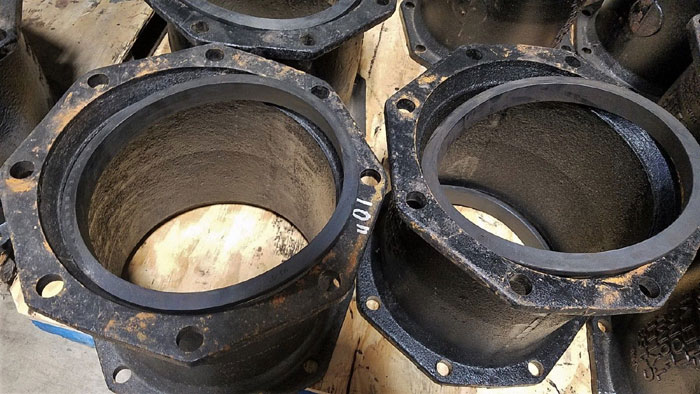Bolts vs. Rivets: Decoding the Superiority of Bolts in Modern Engineering

In the realm of structural connections, the choice between bolts and rivets is a critical decision that significantly influences the integrity and durability of constructions. This article navigates through the intricacies, unraveling the reasons why bolts stand out as a superior choice compared to rivets in modern engineering applications. Let's delve into the nuances that make bolts the preferred option for various industries.
I. Fundamental Differences Between Bolts and Rivets:
A. Bolted Connections:
1. Use of Threaded Fasteners
2. Allows for Disassembly and Reassembly
B. Riveted Connections:
1. Permanent Fastening Method
2. Requires Hot or Cold Installation
II. Structural Integrity and Flexibility:
A. Load Distribution:
1. Bolts - Even Distribution Across Multiple Bolts
2. Rivets - Concentrated Load in the Rivet
B. Dynamic Load Handling:
1. Bolts - Ideal for Applications with Vibrations
2. Rivets - Limited Adaptability to Dynamic Forces
III. Ease of Installation and Maintenance:
A. Bolted Connections:
1. Rapid Assembly and Disassembly
2. Facilitates Maintenance, Repairs, and Modifications
B. Riveted Connections:
1. Permanent Installation, Difficult to Disassemble
2. Limited Maintenance Options
IV. Versatility in Applications:
A. Bolts:
1. Suitable for Various Materials (Metals, Plastics, Composites)
2. Adaptable to Different Industries
B. Rivets:
1. Traditionally Used in Metal Structures
2. Limited Applications in Modern Engineering
V. Corrosion Resistance and Environmental Factors:
A. Bolts:
1. Corrosion-Resistant Coatings Available
2. Suitable for Harsh Environmental Conditions
B. Rivets:
1. Prone to Corrosion Over Time
2. Limited Resistance to Environmental Factors
VI. Time and Cost Efficiency:
A. Bolts:
1. Rapid Installation Processes
2. Reduced Labor Costs and Construction Time
B. Rivets:
1. Time-Consuming Installation, Especially for Large Structures
2. Higher Labor Costs
VII. Strength and Load-Carrying Capacity:
A. Bolts:
1. Achieve Higher Preload and Clamping Force
2. Enhanced Load Distribution Across Multiple Bolts
B. Rivets:
1. Limited Preload and Load-Carrying Capacity
2. Vulnerable to Shear Forces
VIII. Modern Engineering Trends:
A. Evolution of Bolt Technology:
1. Advanced Materials and Coatings
2. Smart Bolting Solutions for Monitoring
B. Decline in Rivet Usage:
1. Replacement by Bolts in Many Industries
2. Shift towards Modular Construction
Conclusion:
As we tighten the screws on structural choices, the superiority of bolts over rivets becomes evident. This article serves as an insightful guide, shedding light on the practical advantages that make bolts the preferred fastening method in modern engineering, showcasing their adaptability, efficiency, and versatility across diverse applications.


